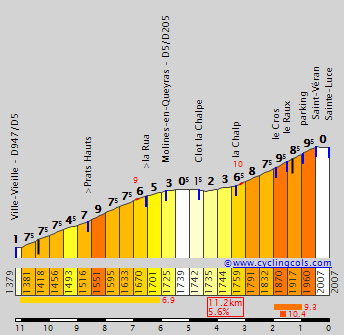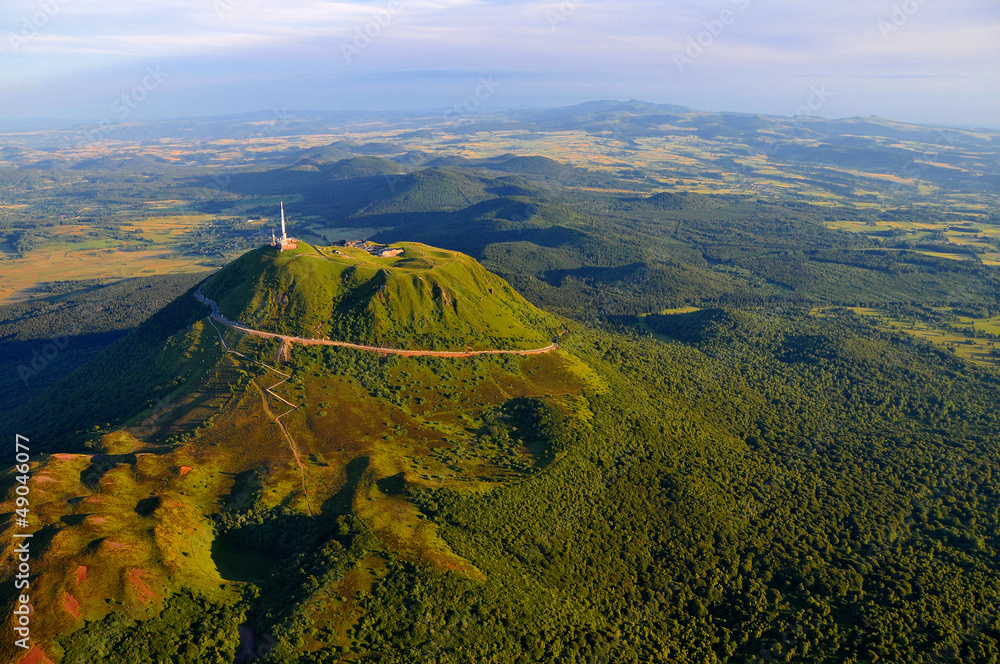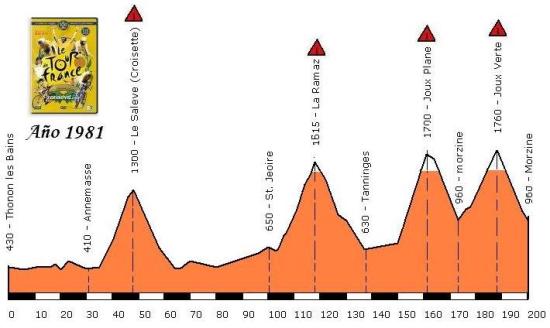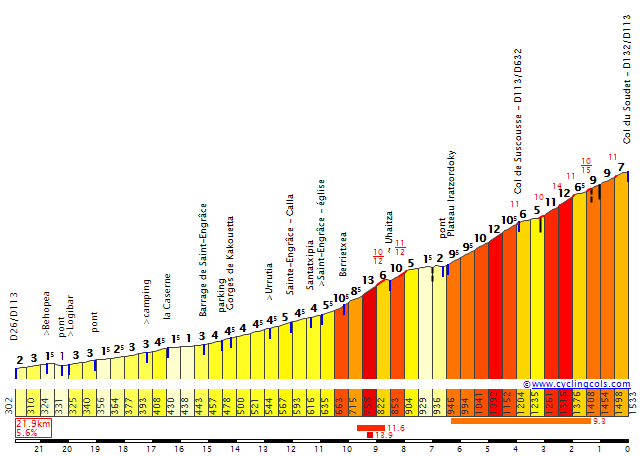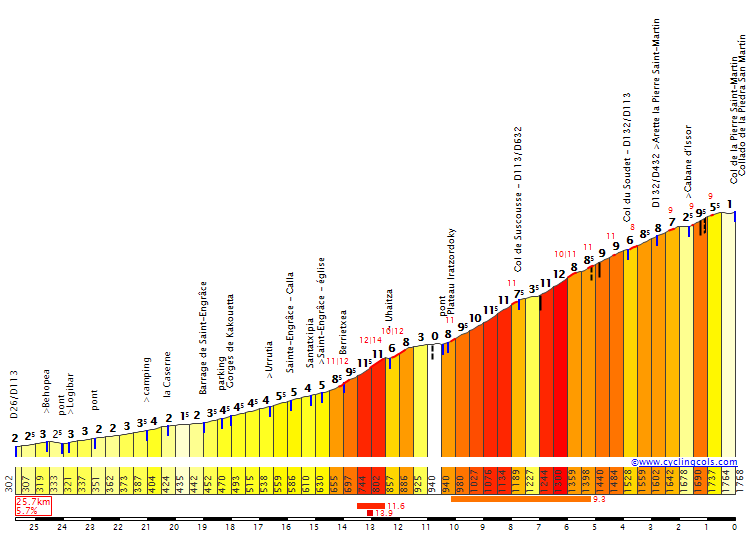- Sep 20, 2017
- 12,498
- 23,593
- 28,180
The width should be manageable. Two of the first three kilometres of the descent into Les Coches would need repaving though, and I'd imagine the last bit of the climb would be improved at the same time although it isn't strictly necessary. All in all, that's not a particularly large amount of work by the standards of a race for which entire cols have been transformed from forestry tracks or ski runs into smooth asphalt. Too much work to justify doing for a small race like TSMB, though, especially in a valley where you need to close an N road to access from the west.I'd question if Sauget is wide enough and has good enough pavement to be used on both sides
I don't believe TSMB ever used it so I am guessing it's not practicable even for a minor pro race
Last edited:


